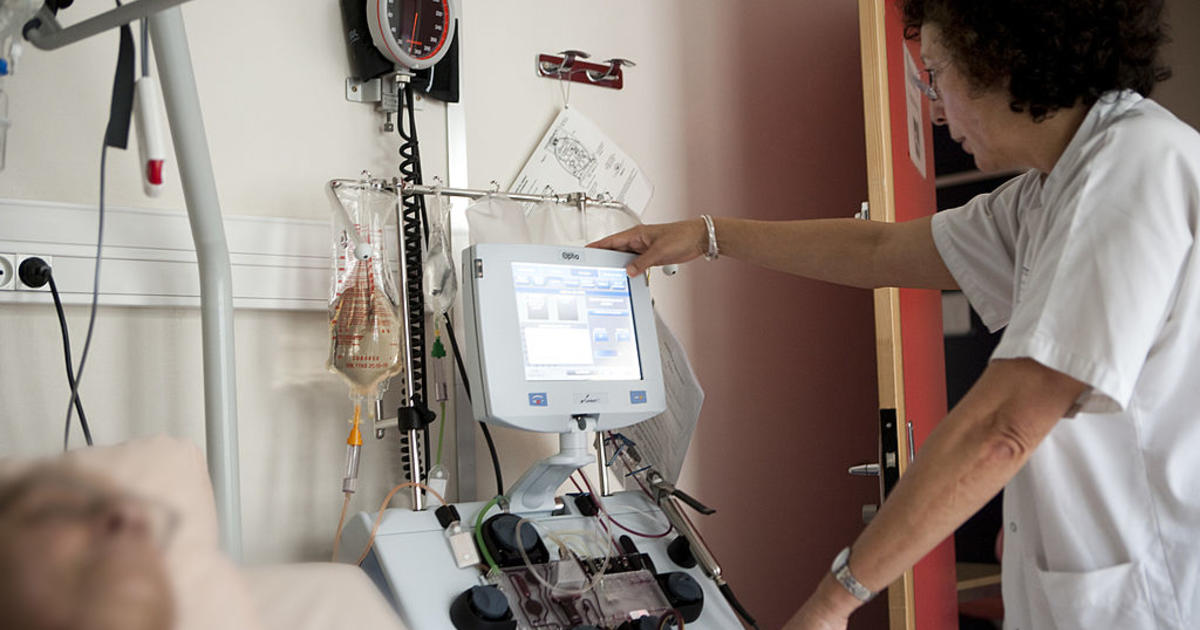3D Mammograms Now Covered By Insurance In Pennsylvania
PITTSBURGH (KDKA) -- When it comes to screening for breast cancer, some women need more than just a mammogram to get a thorough look. They get a 3D picture called tomosynthesis.
"Tomosynthesis actually divides the breast into layers. It's like looking at a slice of bread. Every layer can be looked at," explains AGH Breast Center radiologist, Dr. William Poller. "You're trying to get rid of all the overlapping tissue by looking at just the one layer."
It's done at the same time as a regular mammogram, and takes just a little more time and a tiny bit more radiation.
"The tube sweeps over the breast. But it's the same compression," says Dr. Poller. "The same sitting, takes maybe 10 seconds more per view."
3D mammograms can help women with dense breasts. In other words, the breast is full of glandular tissue, which can show up as these webs of white. A small tumor can be easily hidden in these webs.
"Younger women, who up to the age of menopause, usually have dense breasts. 40% of them," Dr. Poller adds.
It cuts the number of women who need to come back for more tests from 10 percent to 5 percent.
It has been around for about 4 years, but women have had to pay an extra 60 dollars out of pocket.
But now, the wife of Governor Tom Wolf has announced that 3D mammograms must be offered and covered by insurance.
"As technology for breast cancer evolves, we all need to make sure women have access," says Frances Wolf.
The Wolf administration has determined that a law requiring insurers to pay for mammographic examinations would apply to tomosynthesis, too.
"Turned out no one wanted to cover it. Across the country," remarks Dr. Poller.
The hesitation has been a lack of outcome information. For instance, does this actually lead to fewer cancer deaths?
"Outcomes may take ten years," Dr. Poller explains.
Also, the technique, while FDA approved, has been considered investigational.
"We don't think it's investigational," sats Dr. Poller.
Even with this new interpretation, how to offer this to everyone is a challenge. The special machines have to be ordered, and there may be only one per hospital or outpatient center.
"What if they get put in the room with the regular machine?" Dr. Maria Simbra asks about the logistics of availability.
"You're absolutely right," Dr. Poller admits. "I don't have the answer yet."
Join The Conversation On The KDKA Facebook Page
Stay Up To Date, Follow KDKA On Twitter



